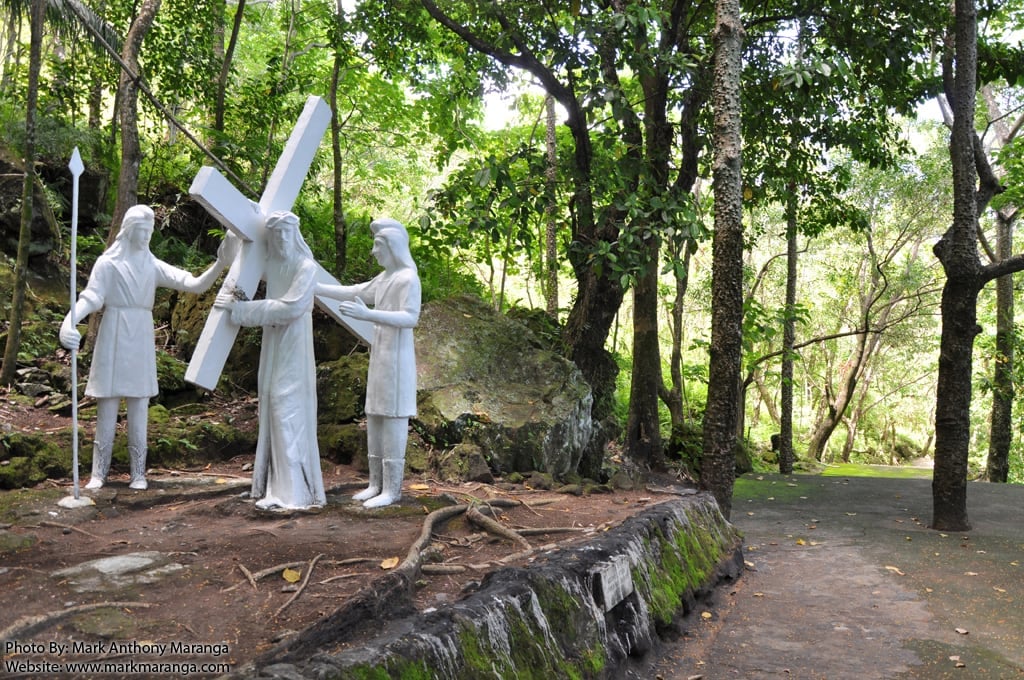Mythologies of the Kamiguin Tribe
The name Camiguin is derived from the native word “Kamagong”, a species of the ebony tree. Explorers Ferdinand Magellan and Miguel Lopez de Legaspi landed in Camiguin in 1521 and 1565, respectively. The first Spanish settlement was established in 1598 in what is now Guinsiliban. Guinsiliban which comes from the old Kinamiguin word “Ginsil-ipan” which means “to look out for pirates from a watchtower” has an old Spanish watchtower where the Camiguinons kept watch for Moro pirates. The first major Spanish settlement established in 1679 was called Katagman or Katadman (known as Catarman). The settlement grew and prospered but was destroyed by the eruption of Mt. Vulcan in 1871. The former location is what is now Barangay Bonbon of Catarman. On July 4, 1946, the Philippines gained independence from the US. Camiguin was then part of Misamis Oriental. In 1958, it became a sub-province and was made into a separate province on June 18, 1966, and formally inaugurated in 1968. The Regional Development Plan recognizes Camiguin’s role as the leading Tourism destination for Northern Mindanao. The Northern Mindanao Development Plan (1993-1998) envisions the region to the south linking resource-rich Mindanao to the rest of the country and the world. Camiguinons prize their cultural heritage. This is reflected by the renewed interested in their traditional arts and crafts. Folk dances such as Spanish Dance, Pandanggo sa Ilaw, and Tinikling, all of which are showcased during annual events such as the Lanzones Festival, have become a major tourist attraction. Camiguin is also famous for its craftworks. Blessed with a natural artistry and abundance of a variety of handicraft materials, the people have long been making baskets, pottery, metal works and other products.

























Comments
Post a Comment